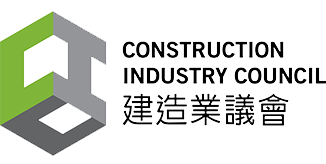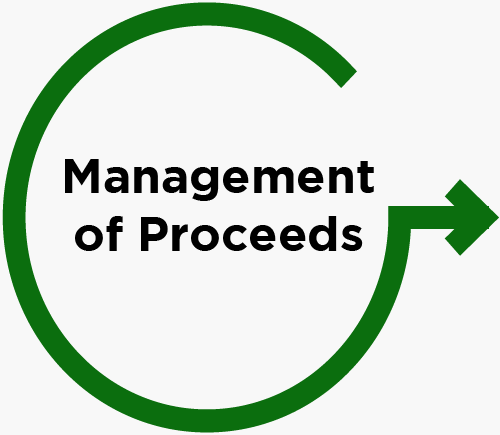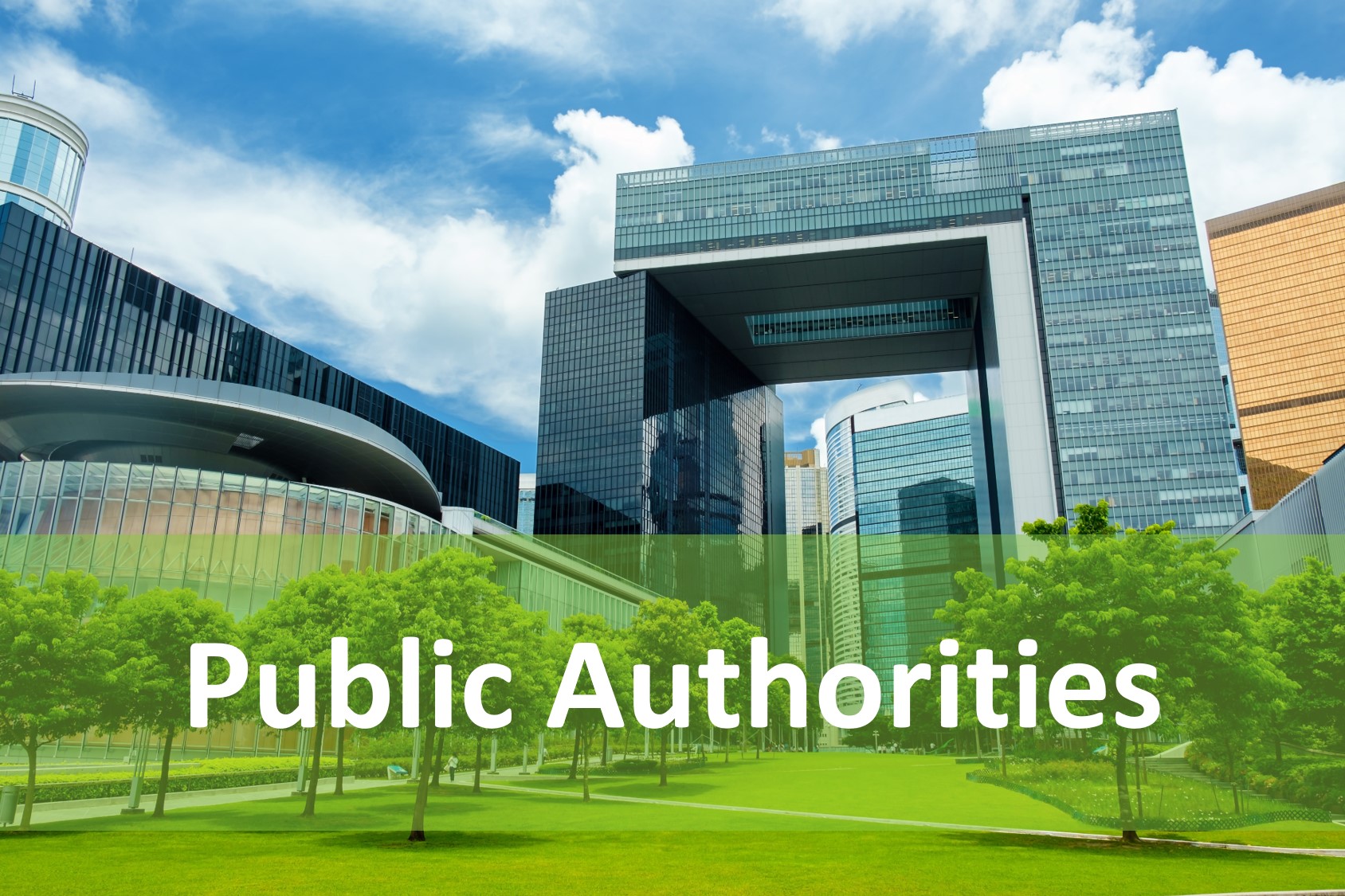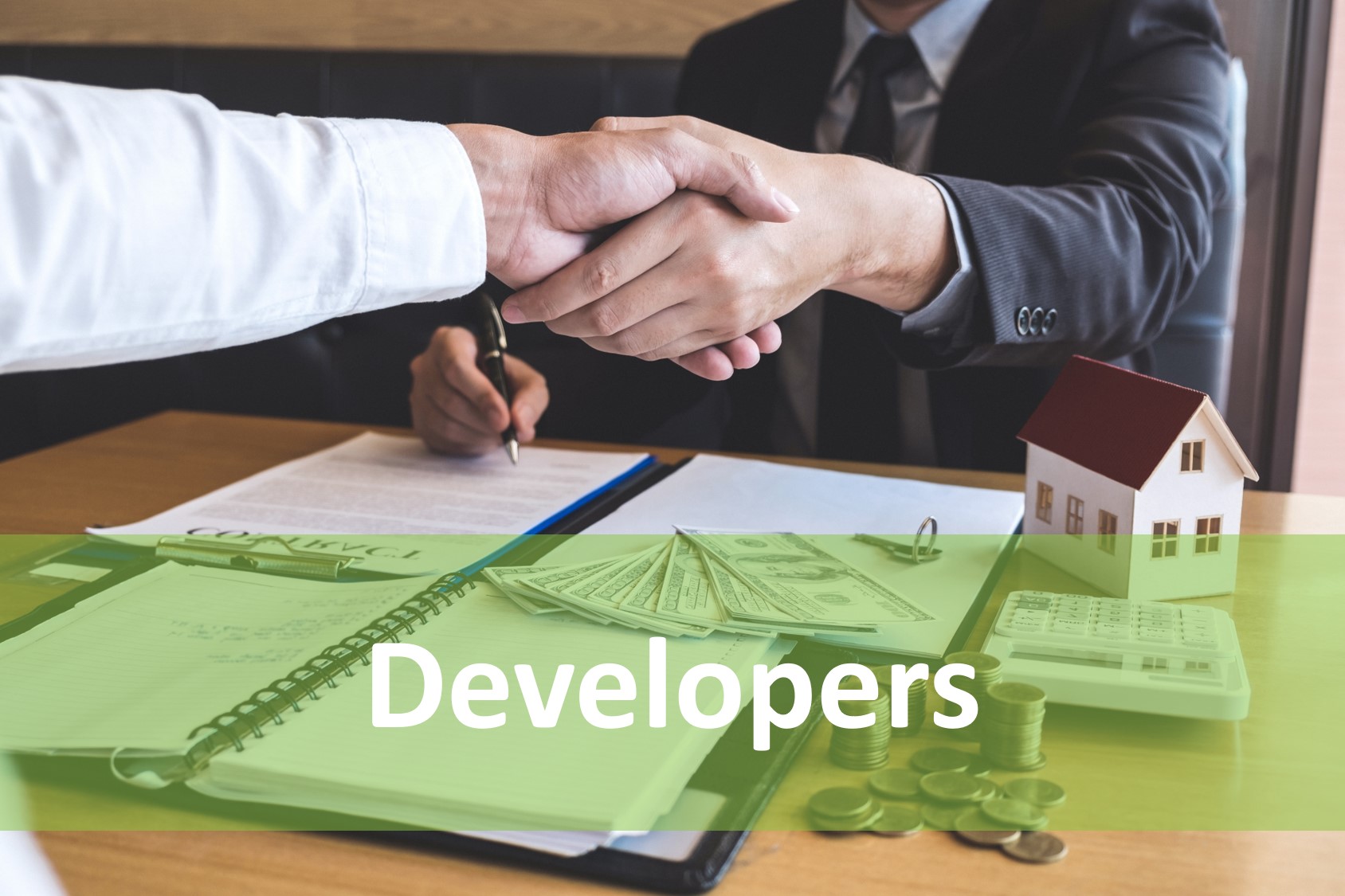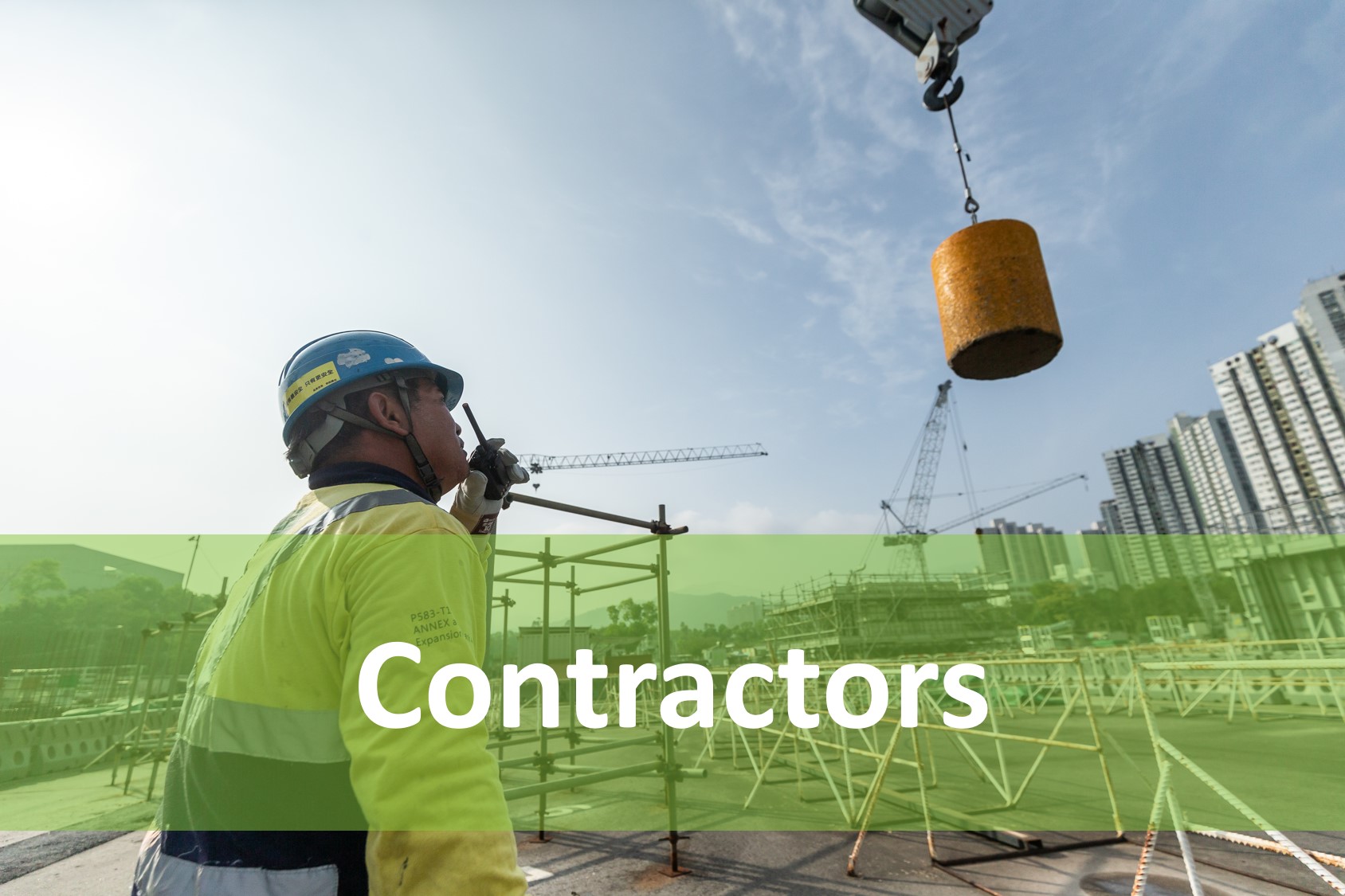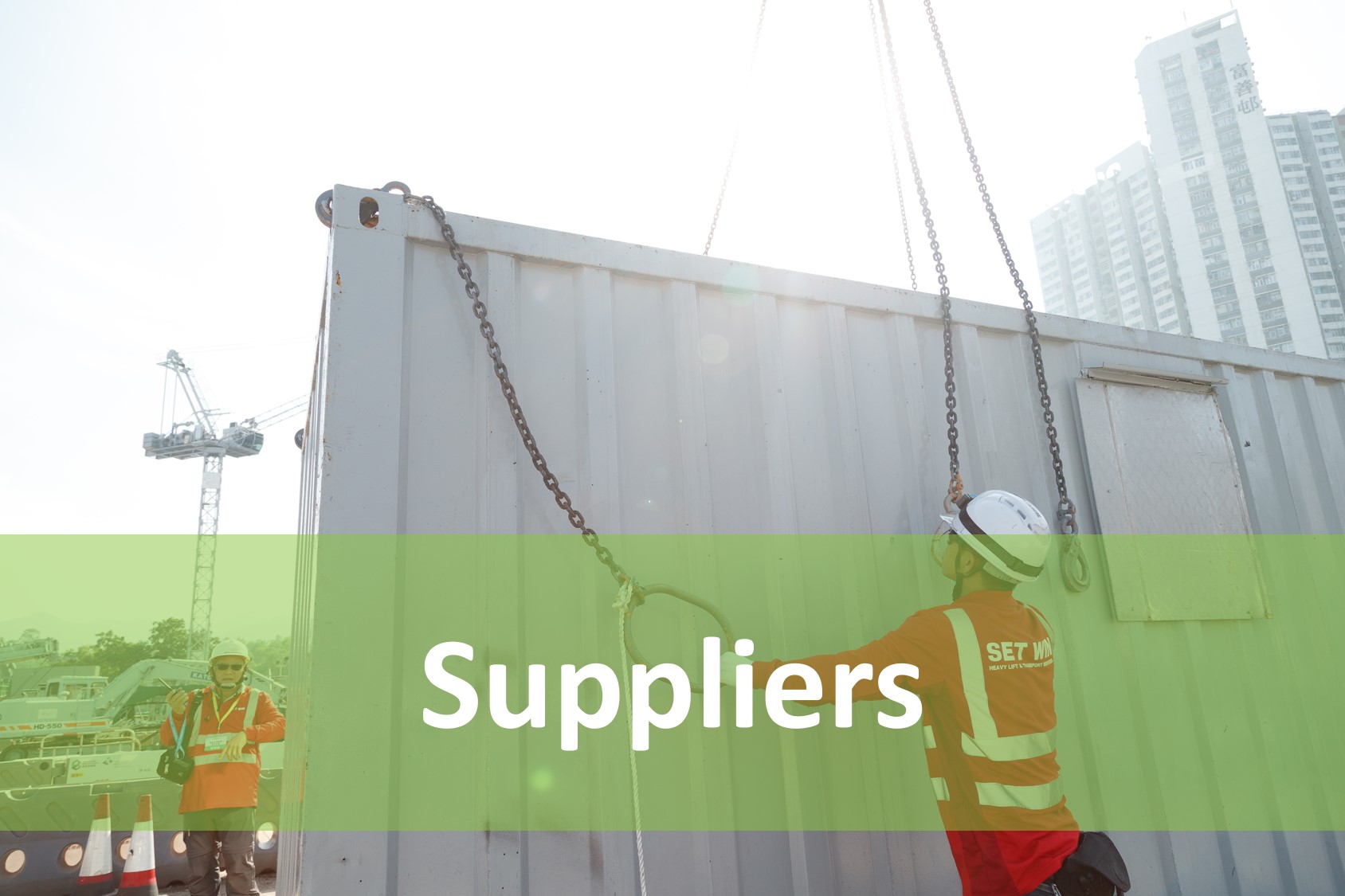The Airport Authority Hong Kong (AA) recently completed the installation of two aviation fuel pipelines connecting the Aviation Fuel Receiving Facility (AFRF) at Sha Chau with Hong Kong International Airport (HKIA), one of the milestone achievements for the Three-runway System (3RS) project. This project is needed as the existing two pipelines connecting the aforementioned locations are laid 10m below the seabed and parts of them lie within the land formation footprint of the 3RS project. Therefore, the existing pipelines are required to be diverted to ensure the continuous supply of fuel to HKIA during the 3RS reclamation works.
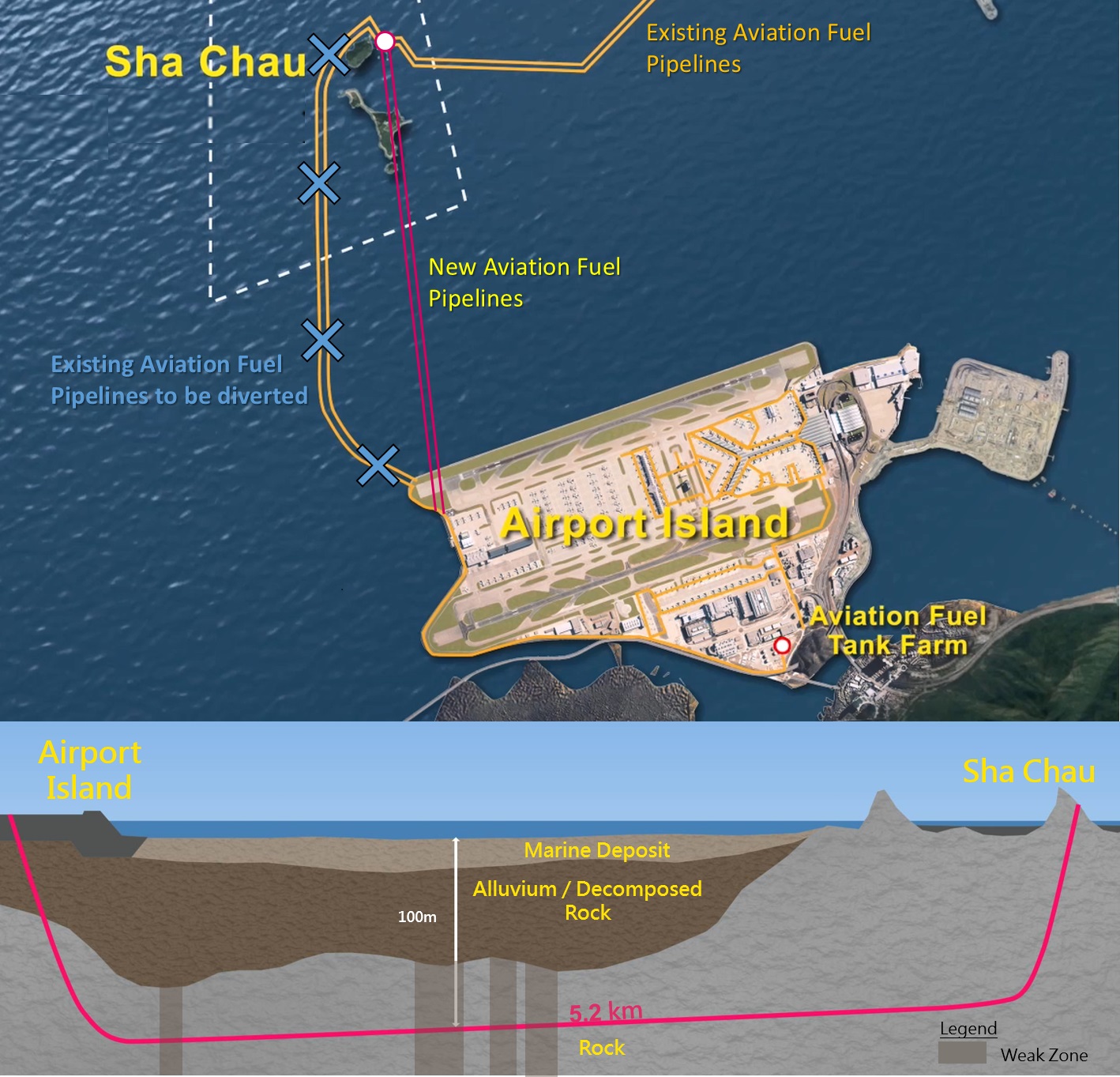
Following the 3RS environmentally friendly design and construction principles, HDD, a non-dredged method, was adopted to install two new aviation fuel pipelines in the rock stratum at 100m below seabed to replace the existing fuel pipelines which are directly under the seabed of reclamation footprint of the 3RS project. The HDD method also avoids disturbance to the marine environment.
Paul has been promoting the applications of HDD as a sustainable construction technique through active participations in relevant conferences and meetings.
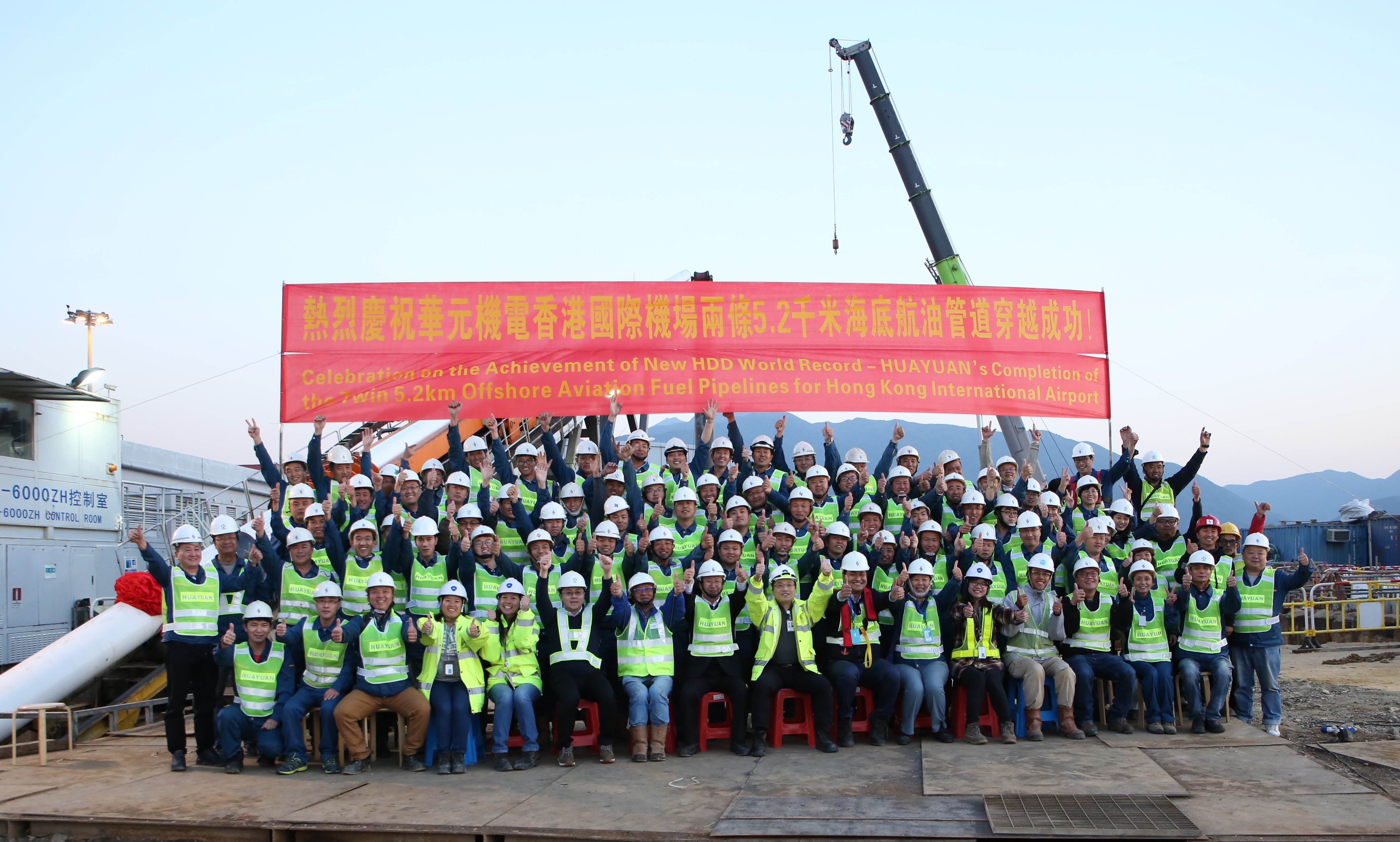
Paul, as the Project Leader, demonstrated commitments to green project management and achieved its delivery by the HDD contractor to fully protect and minimise disturbance to the terrestrial and marine ecology at and around Sha Chau. He promoted the use of the innovative tunnel intersection technique in the HDD project and avoided any environmental implications. Paul established a management framework that promoted effective knowledge exchange and international, cross-cultural co-operations in science and technological innovations among the project’s team members.
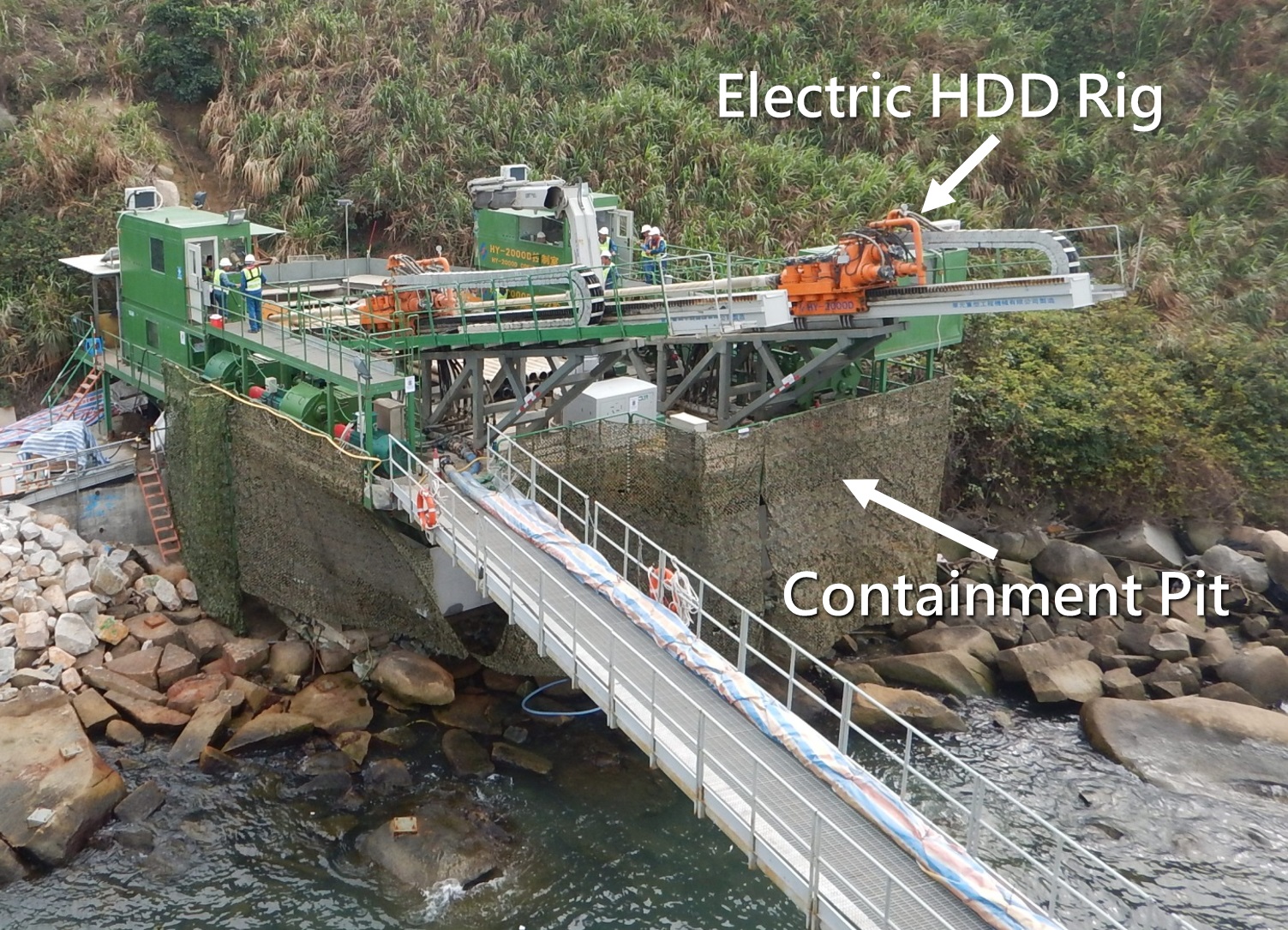
Paul worked closely with the HDD contractor and implemented creative sustainable measures. Key examples include:
- Design of Contamination Pit – Paul worked with the HDD contractor and designed a compact, multi-functional contamination pit to limit the works area on Sha Chau to within 10m x 10m.
- Introduce the use of Electric HDD rigs - the use of electricity powered HDD rig has the added value of avoiding any possible fuel spillage and minimise disturbance to the ecology on Sha Chau.
- Design of drilling fluid recirculation system – Paul directed the implementation of this system to minimise drilling fluid and water use, and maximised the opportunity to reuse the spent drilling fluid in the 3RS project.
